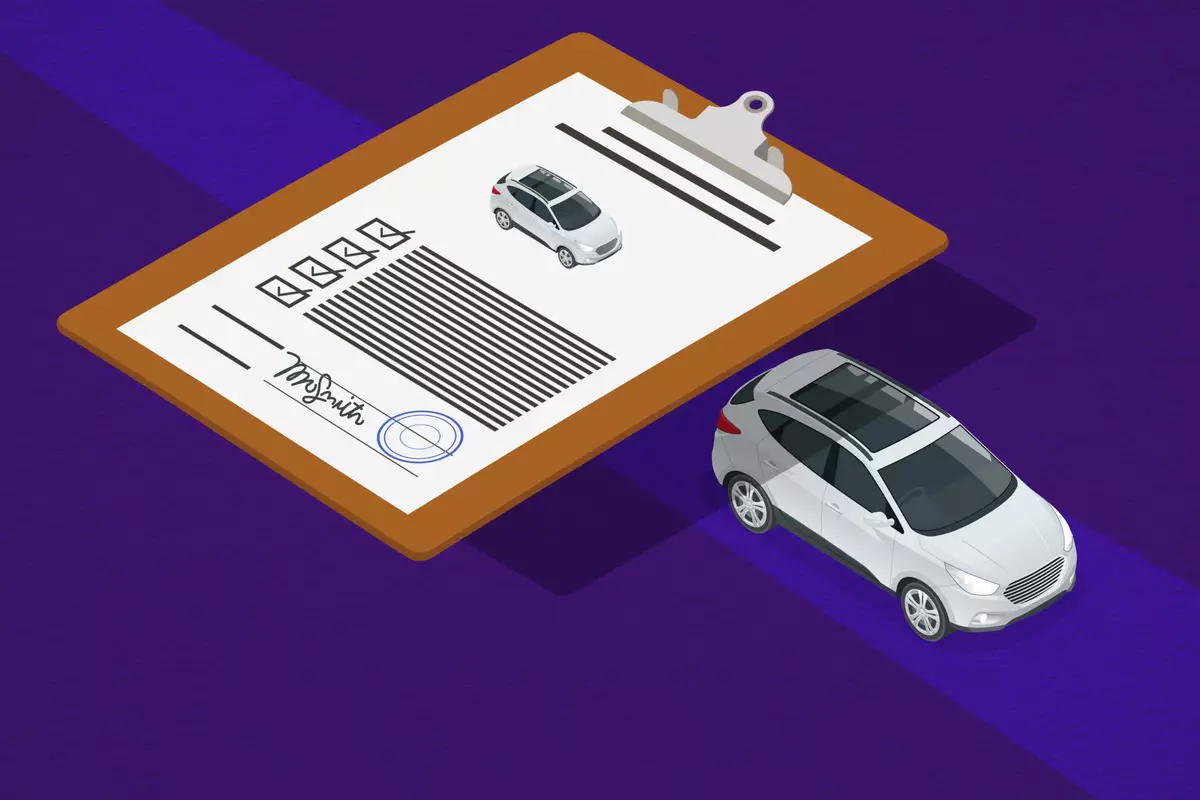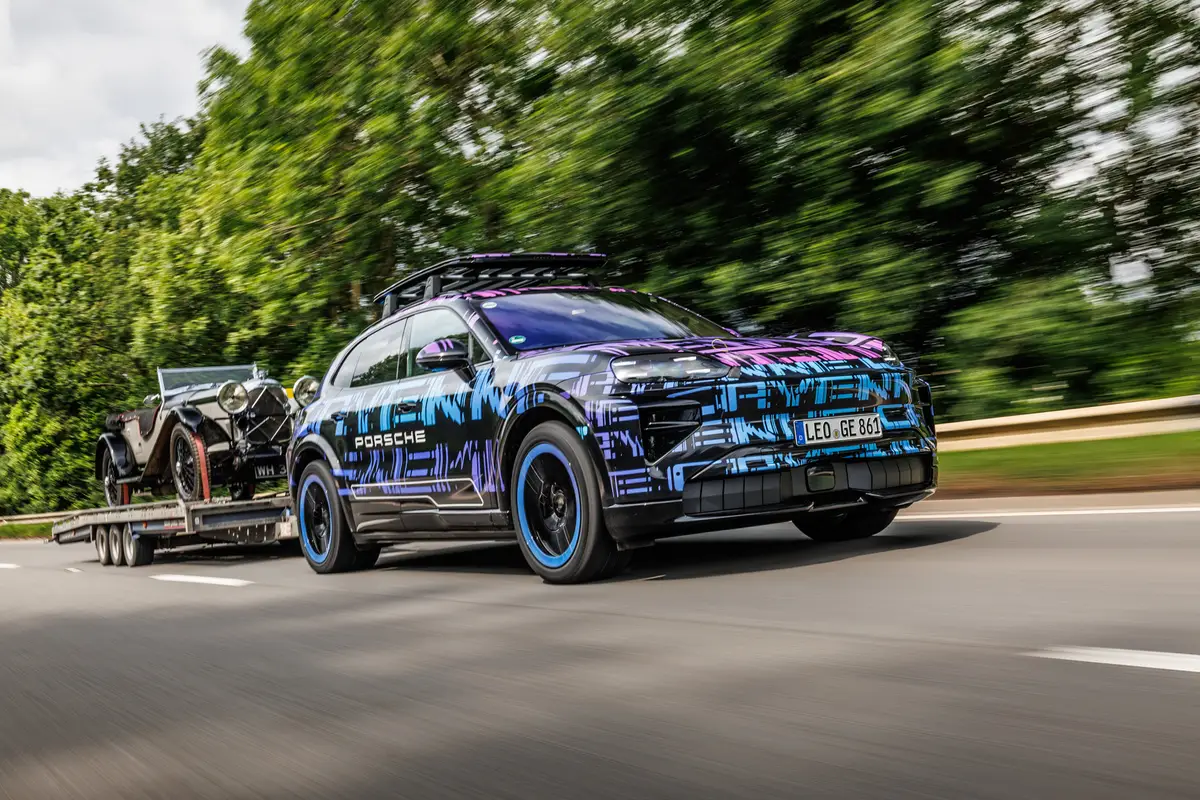Star-Telegram.com's view
General Motors. Corp.’s first gasoline-electric hybrid vehicle aimed at the mass market joined the Saturn lineup this past summer.
It’s the Saturn Vue Green Line, derived from Saturn’s popular five-passenger, gasoline-only Vue sport-utility vehicle.
The hybrid drivetrain uses a 170-horsepower, 2.4-liter, four-cylinder gasoline engine for primary power and a small electric motor to boost acceleration, as well as increase fuel economy by about 20 percent.
This essentially allows the vehicle to have the pep of a six-cylinder, but with even better fuel economy than that of the regular four-cylinder Vue.
That gives the Vue Green Line EPA fuel-economy ratings of 27 miles per gallon in the city and 32 mpg on the highway, compared with ratings of 22 city/27 highway for the 2.2-liter four-cylinder Vue (with automatic transmission) and 20 city/28 highway with the Honda-built 3.5-liter V-6.
The good news is that Saturn charges only a $2,000 premium for the hybrid system over the regular four-cylinder Vue, giving the Green Line a base price of just under $23,000 (including freight). Its nearest SUV competitor, the Ford Escape hybrid, starts $4,500 higher (for the base two-wheel drive), but does offer overall better fuel economy: 36 mpg city/31 highway.
The disparity in the fuel-economy ratings are because the two hybrid systems are different. Ford uses a system similar to that of Toyota’s hybrids, in which the system’s electric motor moves the vehicle by itself during some low-speed driving.
In the Vue, though, the hybrid system is used to boost acceleration, and the electric motor is not set up to move the vehicle on its own.
The Vue’s hybrid technology is similar to the Integrated Motor Assist system employed by Honda in its hybrid cars.
With the Honda system, the gasoline engine runs all the time while the vehicle is moving, and the electric motor is used to supplement power during acceleration. All of these hybrid systems are designed to cut off the gasoline engine while the vehicle is stopped, say at a traffic signal, however. That helps increase the vehicle’s mileage during city driving.
The better highway mileage of the Vue comes not only from the electric motor’s boost during acceleration, but also because the hybrid system’s computer shuts off fuel flow to the gas engine when the vehicle begins to decelerate.
It’s also during deceleration that the electric motor turns into a generator and sends power to the hybrid system’s nickel-metal hydride battery pack to recharge it.
The vehicle never has to be plugged into an external electric power supply for recharging of the batteries the way a traditional electric car would.
Critics of the hybrid system used by Honda and the Vue, however, say that they don’t go far enough in boosting fuel economy and cutting out harmful tailpipe emissions in traffic-congested cities.
Because the Toyota and Ford systems do a better job of conserving fuel in city driving, their city mileage figures are significantly higher than their highway ratings. Nevertheless, a 20 percent increase in fuel economy for any vehicle is significant.
And if every vehicle on the road were to get a 20 percent boost in fuel economy tomorrow, we would significantly decrease our dependence on foreign oil — as well as cut significant amounts of greenhouse gases being released into the atmosphere.
For that reason, we should applaud GM and Honda for their hybrid efforts right along with Toyota and Ford, whose hybrid systems might be a bit more efficient.
The Vue Green Line is one of the most practical of the SUV hybrids because of the small price differential between the regular four-cylinder model and the hybrid. You can expect to make up the difference at the gas pumps within less than six years with the Green Line, a recent hybrid cost study concluded.
The Toyota Highlander hybrid, on the other hand, would take more than 15 years to break even, the study suggested. That’s because it costs about $34,000 for the least-expensive Highlander hybrid, compared with about $25,200 for the base six-cylinder Highlander, and $25,000 for the four-cylinder.
The Highlander hybrid, with its combination of a V-6 gasoline engine and electric motor, has EPA ratings of 33 mpg city/28 highway, compared with 22 city/27 highway with the regular four-cylinder model. That’s not as lot of difference considering the hybrid’s significantly higher price.
The Vue also wins the value battle by virtue of its initial cost. The monthly payments on a Vue Green Line will be much lower than on the Highlander — enough to pay your monthly gasoline bill, and probably then some.
Here’s another remarkable point about the Vue: For the $23,000 base price, you’ll get a well-equipped family SUV with everything you really need. The only option added to our test vehicle was the leather interior package ($755).
With that, the total sticker on ours was just $23,750, which is about what you might pay for a V-6 Honda Accord or Toyota Camry sedan. The Green Line can haul more stuff, and has better fuel economy.
For those of us hooked SUVs, the Vue Green Line makes more sense both economically and ecologically than larger models such as the Ford Explorer and Chevrolet TrailBlazer.
Our test vehicle had plenty of pep, and the fuel gauge’s drop over a few days of driving was noticeably slower than normal for a sport utility. We had just tested a new, compact Dodge Nitro sport utility, for instance, and found ourselves having to refuel it a couple of days sooner than we did the Vue Green Line.
There was just one minor irritant with the Vue. During our test, we had outside temperatures in the upper 80s, and when we stopped at traffic signals, the car’s air conditioning began blowing warm air when the gasoline engine cycled off.
This only occurs when the vehicle is set in the economy mode, which shuts down the engine and therefore the power to the air conditioner compressor when the vehicle stops. You can switch to a mode that keeps the engine — and air conditioning — going when you’re stopped, but that decreases fuel economy.
Toyota has fixed that problem with its hybrids. Instead of powering the air conditioner from the engine through a drive belt, Toyota uses electricity from the battery pack. Therefore, when the gasoline engine shuts down, the AC still works.
Among the long list of standard equipment on the Vue Green Line are power windows/mirrors/door locks with remote; a four-speed automatic transmission; traction control; battery run-down protection; automatic headlights with daytime running lights; air conditioning; AM/FM/compact-disc audio system with an auxiliary input jack for connecting an iPod or other music player; and a tilt steering wheel with built-in audio controls.
Also included are cruise control; a 70/30 split-folding rear seat; a fold-flat front passenger seatback; an auto-dimming rearview mirror with compass and outside temperature gauge; a front seat center console with cupholders and storage; three 12-volt power outlets, including one accessible to rear-seat passengers; a fold-away rear cargo organizer; chrome skid plates; rear wiper/washer; theft-deterrent system; and 16-inch alloy wheels.
As with most other Saturn vehicles, the Vue has dent-resistant composite body side panels. There also is a tire-inflator kit inside the car.
The car’s ride and handling are quite carlike, as the Vue is a car-based crossover utility vehicle.
The Vue Green Line can tow trailers weighing up to 1,500 pounds. And the vehicle itself can be towed behind a motor home with all four of its wheels on the ground; the driveline does not have to be disconnected.
2007 Saturn Vue Green Line hybrid
The package: Compact, five-door, four-cylinder gasoline/electric motor-powered, front-wheel-drive, hybrid sport utility vehicle.
Highlights: New for 2007, this is General Motors Corp.’s first hybrid SUV. It’s a roomy and comfortable small sport utility with excellent fuel economy afforded by the hybrid system.
Negatives: The hybrid drive system does not offer as much of an increase in city fuel economy as do the hybrids from Toyota, because the Vue’s electric motor is not set up to move the vehicle on its own.
Engine: 2.4-liter inline four-cylinder gasoline engine and separate electric motor.
Transmission: Four-speed automatic.
Power/torque: 170 HP/162 foot-pounds (gasoline engine); maximum 115 foot-pounds of torque boost from electric motor.
Length: 181.3 inches.
Curb weight: 3,474 pounds.
Cargo volume: 30.8 cubic feet (rear seat in place).
Towing capacity: 1,500 pounds.
Fuel capacity/type: 16.3 gallons/unleaded regular.
EPA fuel economy: 27 miles per gallon city/32 highway.
Base price range: $22,370 plus $625 freight.
Price as tested: $23,750 (including freight and $755 leather interior package).
On the Road rating: 8.3 (of a possible 10).
Prices shown are manufacturer’s suggested retail; actual selling price may vary according to manufacturer and/or dealer incentives, discounts and rebates, if any.
G. Chambers Williams III is staff automotive columnist for the San Antonio Express-News and former transportation writer for the Star-Telegram. His automotive columns have appeared regularly in the Star-Telegram since 1995. Contact him at (210) 250-3236; chambers@star-telegram.com.
Latest news



